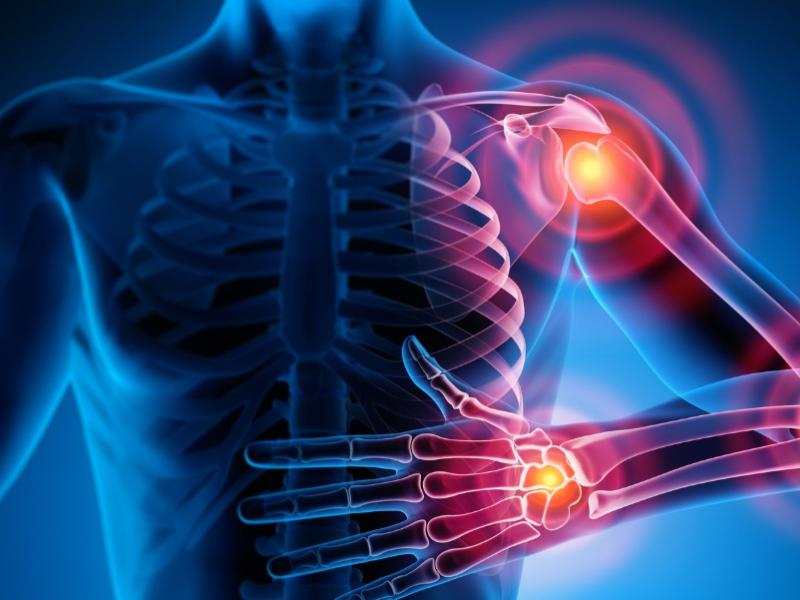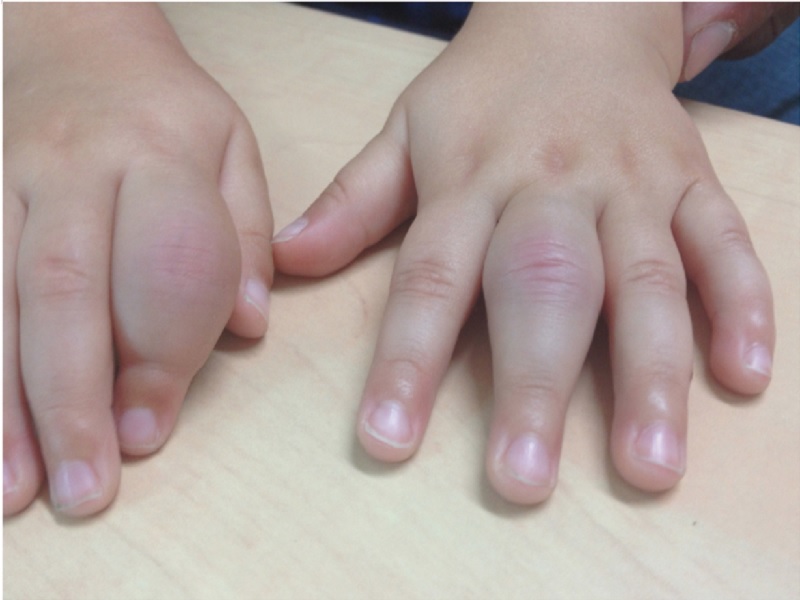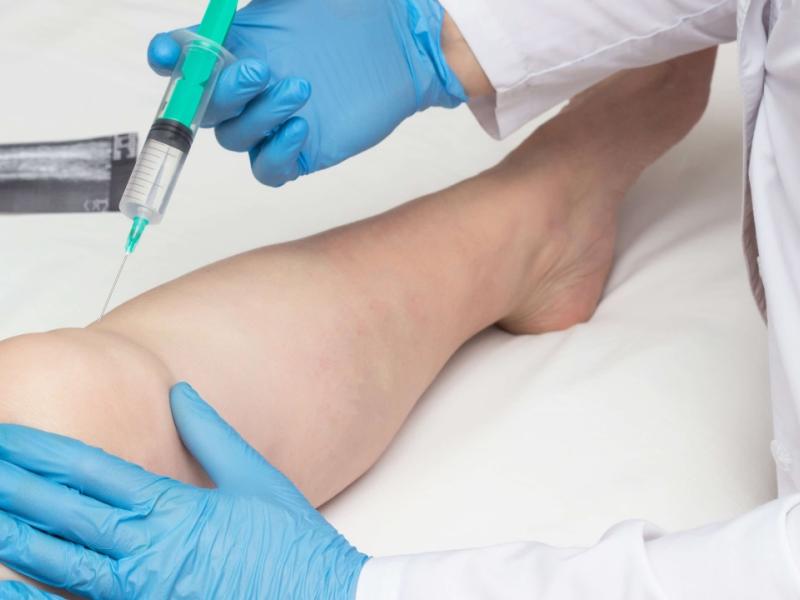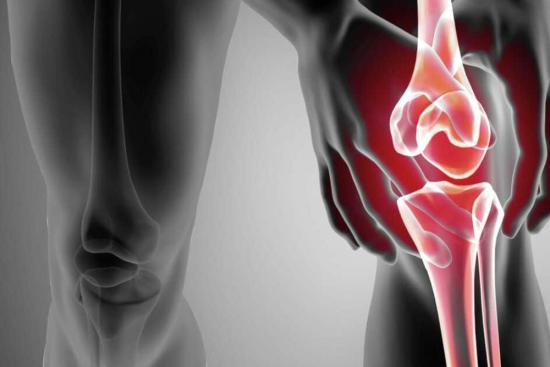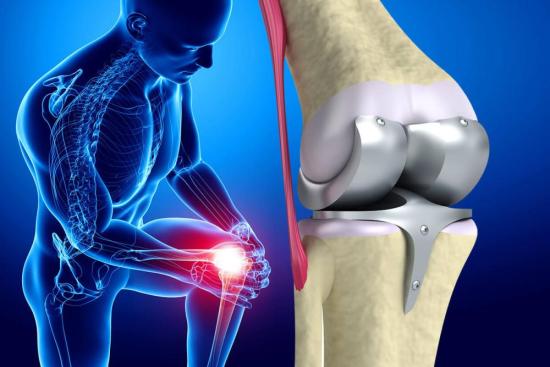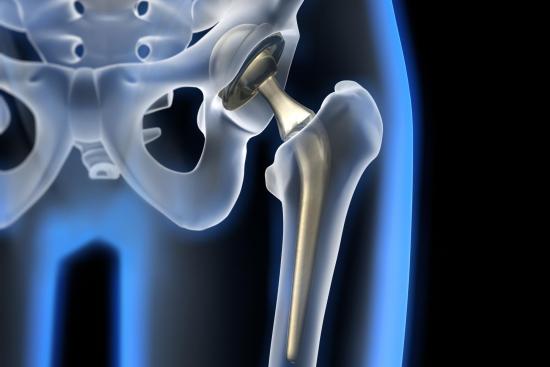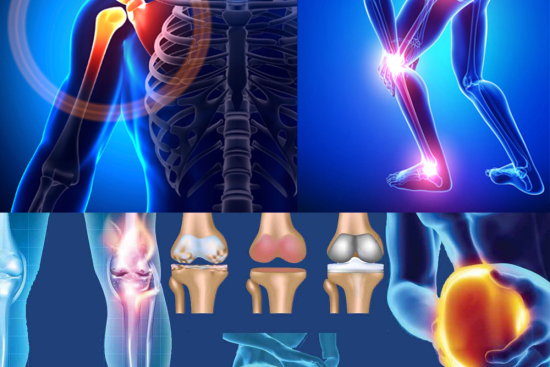Thousands of people suffer from osteoarthritis, the most common type of arthritis in the world, making its treatment a challenge for many years. As with revolutionary treatments for joint disease, a new era of care based on cartilage regeneration is in full swing. Presenting the best option for those seeking to relieve joint pain and overcome limited mobility.
What is osteoarthritis?
Osteoarthritis is often referred to as a degenerative joint disease that often affects the hands, hips, and knees. This disease causes the progressive degradation of articular cartilage, which acts as a shock absorber between the ends of the bones in a joint. Its destruction leads to direct contact between them, resulting in pain and discomfort that can be unbearable.
Osteoarthritis generally manifests in the forties and fifties. As men are more exposed than women to develop osteoarthritis before the age of 40. And it usually follows trauma or deformity.
Among other things, genetics, obesity, and overuse of the joints alter the cartilage and can lead to chronic pain. Osteoarthritis treatments such as medication, physiotherapy, and lifestyle changes are recommended to alleviate symptoms and improve overall quality of life. Health professionals, in turn, recommend regular exercise and good weight management to relieve discomfort and maintain joint mobility.
What causes osteoarthritis?
Osteoarthritis can be caused by several factors. Take gout, for example: this inflammatory arthropathy is mainly caused by an excess of uric acid in the body. However, the precise cause of other types of arthritis remains unknown.
Osteoarthritis can occur if you:
- Have a family history of arthritis
- Practice a sport or have a job that puts repetitive strain on your joints
- Have certain viral infections or autoimmune diseases
Traditional treatments for cartilage degradation
Various options have long been used to relieve the pain associated with osteoarthritis. Traditional treatments include acetaminophen, analgesics and antipyretics (NSAIDs). In advanced cases, doctors may prescribe opioids such as morphine and tramadol. However, the latter can induce many side effects, such as physical dependence, dizziness, anxiety, etc. On the other hand, other traditional treatments such as physiotherapy, acupuncture and spa therapy maintain joint flexibility.
These different types of treatment can alleviate the symptoms of osteoarthritis, but their effect remains limited. Fortunately, new techniques have been invented in recent decades to tackle the underlying cause of damaged cartilage.
Cutting-edge osteoarthritis treatments in Turkey
In order to facilitate the targeted interventions in orthopedics, revolutionary treatments tend to promote cartilage regeneration for underlying repair. It is essential to seek treatment as soon as possible if you have indications or symptoms of osteoarthritis. This, in turn, increases the effectiveness of treatment before the disease reaches an advanced stage.
Hyaluronic acid infiltration
Viscosupplementation, also known as hyaluronic acid infiltration, aims to reduce joint discomfort. It improves the functional condition of osteoarthritic joints, particularly in the knee and hip.
The technique involves injections of hyaluronic acid, a substance already produced by the body. Its administration helps lubricate the joints. To achieve this, doctors use an ultrasound guidance system to ensure that the drug reaches the target area.
Regenerative medicine
Regenerative medicine also plays a part in the treatment of osteoarthritis, using a variety of techniques including platelet-rich plasma (PRP) injection and cell therapy. Both treatments are justified by their efficacy and their role in regenerating endogenous tissue.
PRP injection technique
The PRP technique uses platelets containing powerful growth-promoting proteins. These substances, taken from the same patient's blood, help heal cartilage damage and promote regeneration of adjacent tissues. As they contain growth factors that target tissue receptors.
Mesenchymal stem cell (MSC) therapy
Your body can use stem cells called mesenchymal cells to transform itself into any cell type it needs. In this way, you can promote the healing and regeneration of damaged cartilage tissue by isolating stem cells from any tissue and injecting them into the damaged area.
Robotic-assisted surgery
Robot-assisted surgery is considered a cutting-edge technology development which was explored by medical researchers. It uses 3D bioprinting to produce customized cartilage implants for osteoarthritis patients. For greater precision, this surgery is facilitated by robotic arms, to make minimal incisions compared with conventional surgery. Indeed, implants made from bioinks can be precisely tailored to match each patient's unique joint anatomy. Although robotic-assisted 3D bioprinting is still in its infancy, it holds great promise for providing individualized, practical solutions for the treatment of osteoarthritis.

